How is Python code written?
How is Python code written?
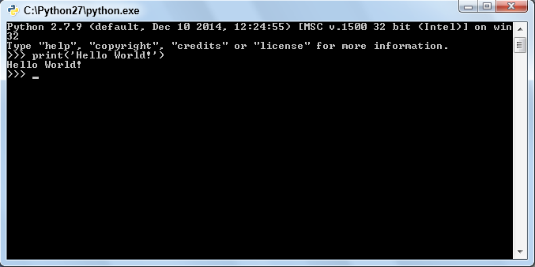
Python! It's a high-level, interpreted programming language known for its simplicity, readability, and ease of use. Here's an overview of how Python code is written:

Indentation: One of the most distinctive features of Python is its reliance on indentation to define block-level structure. This means that you need to indent your code using spaces (not tabs) to indicate scope. For example:
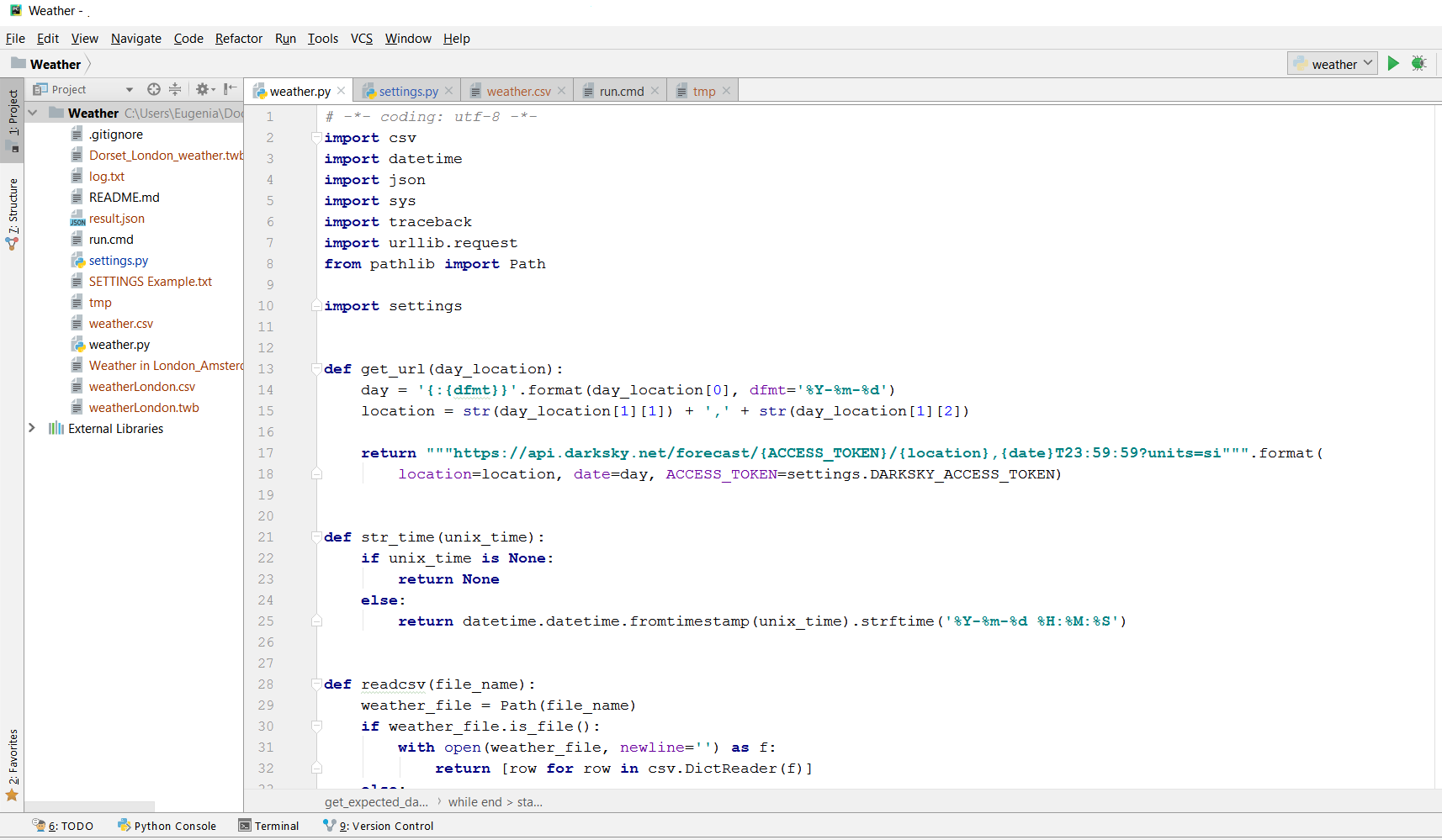
if True:
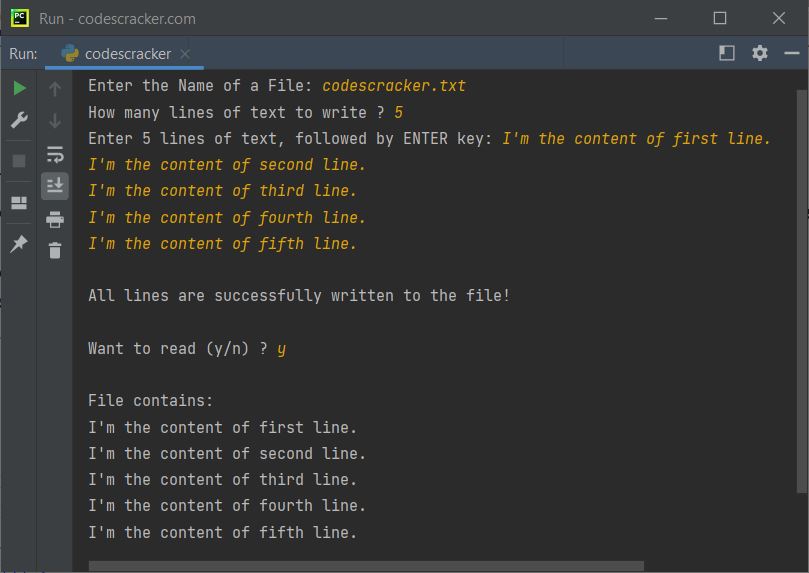
print("Hello")
print("World")
In this example, the print statements are indented under the if statement, indicating that they're part of its scope.
Syntax: Python's syntax is designed to be concise and readable. You can write Python code using a simple and consistent style:
# Comments start with the hash symbol
print("Hello") # This is a comment
x = 5 # Assigning x to 5
Functions are defined using def
def greet(name):
print(f"Hello, {name}!")
greet("John") # Call the function
Lists and dictionaries use square brackets and curly braces
fruits = ["apple", "banana", "cherry"]
person = {"name": "Jane", "age": 30}
Conditional statements are written using if-else
if x > 10:
print("x is greater than 10")
else:
print("x is less than or equal to 10")
Loops use for and while keywords
for i in range(5):
print(i)
i = 0
while i < 5:
print(i)
i += 1
Modules are imported using the import keyword
import math
print(math.pi) # Print pi from the math module
Naming conventions: Python has its own set of naming conventions to follow:
Variables and function names should be in lowercase, with words separated by underscores (e.g.,hello_world). Constants are typically written in uppercase (e.g., MAX_SIZE). Class names often start with an uppercase letter (e.g., Person).
Code organization: Python code can be organized into modules, packages, and directories. A module is a single file containing Python code, while a package is a directory containing multiple modules. You can import modules and packages using the import statement.
These are the basics of writing Python code! With practice and experience, you'll become more comfortable with Python's syntax, indentation, and naming conventions.
How Python works in programming?
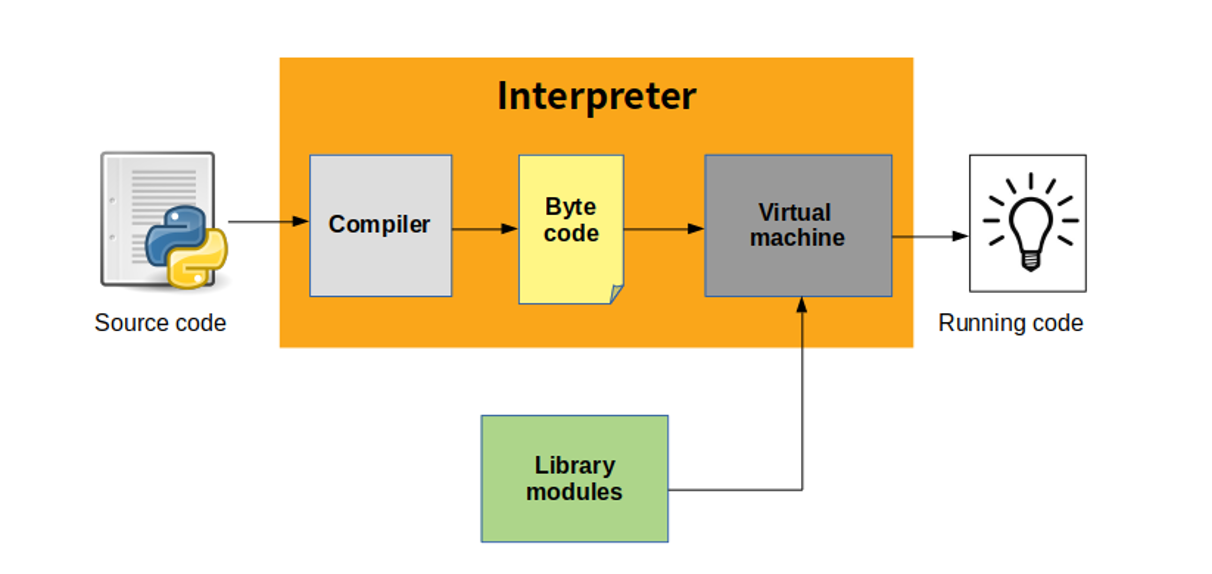
I'm happy to explain how Python works!
Python is a high-level, interpreted programming language that is widely used for various purposes such as web development, data analysis, artificial intelligence, and more. Here's an overview of how it works:
Interpreted Language: Python is an interpreted language, meaning that the code is not compiled into machine code before it runs. Instead, the code is executed line by line by an interpreter, which is a program that reads and executes the code.
Syntax: Python's syntax is designed to be easy to read and write. It uses indentation to define the structure of the code, rather than brackets or other symbols. This makes the code look clean and readable.

Variables: In Python, variables are not declared before use. You can assign a value to a variable by using the assignment operator (=). For example: x = 5 assigns the value 5 to the variable x.
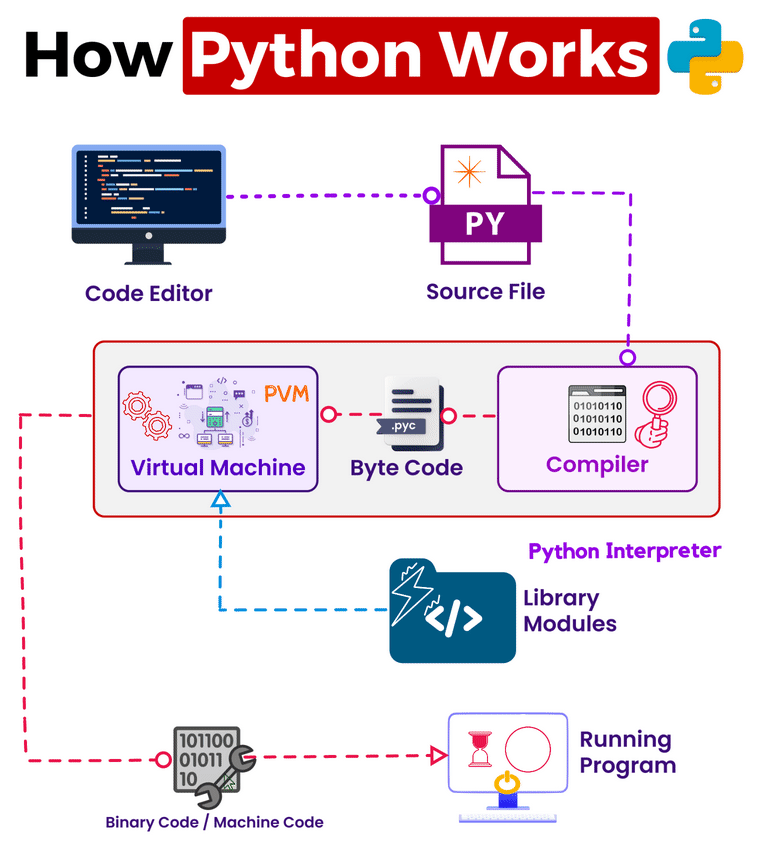
Data Types: Python has several built-in data types such as:
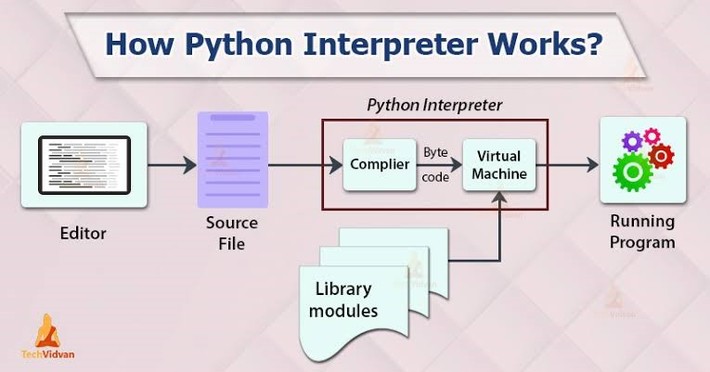
Control Flow: Python has several control flow statements that determine the order in which your code is executed:
Conditional statements (if-else): execute different blocks of code based on conditions. Loops (for, while): repeat a block of code for each item in an iterable or until a condition is met. Functions: reusable blocks of code that can take arguments and return values.Modules: Python has a vast collection of libraries and modules that you can use to extend its functionality. You can import these modules into your own code using the import statement.
Memory Management: Python has automatic memory management, which means that it takes care of allocating and deallocating memory for you. This makes programming with Python easier and less error-prone.
Error Handling: Python has a built-in exception handling mechanism that allows you to catch and handle errors when they occur. This helps prevent your code from crashing or producing unexpected results.
Dynamic Typing: Python is dynamically typed, meaning that the data type of a variable is determined at runtime rather than compile-time. This makes it easy to write flexible and adaptable code.
In summary, Python is an interpreted language with a clean syntax, dynamic typing, automatic memory management, and built-in support for error handling. It's a great language for beginners and experienced programmers alike!





























